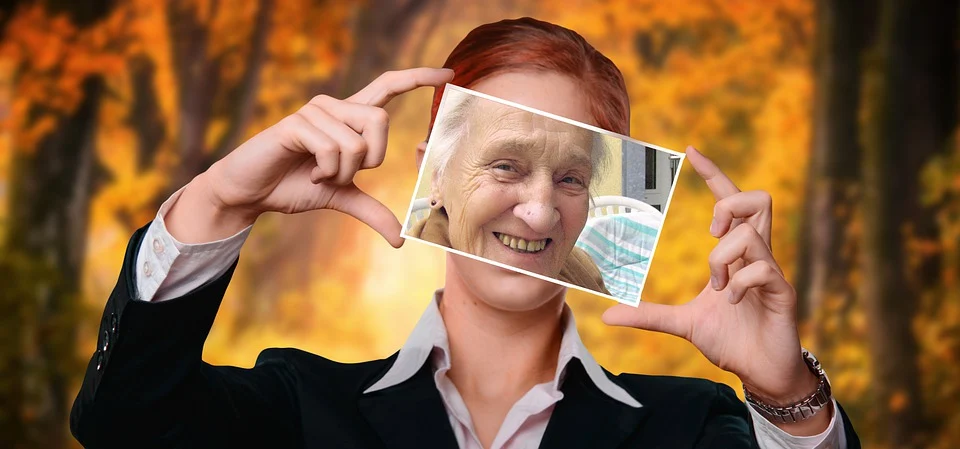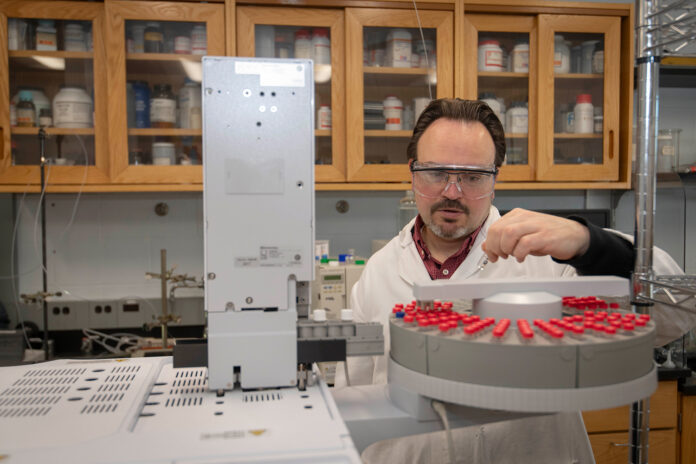Visible Light Communication (VLC)
Everyone has heard of Wi-Fi, a technology that uses invisible radio waves to transmit data via the electromagnetic spectrum. A new technology, Li-Fi, is being developed in labs around the world in the UK, the US, China and beyond, that uses the visible range of the electromagnetic spectrum to transmit data.
The term “Li-Fi” was coined by Harold Haas, Professor of Engineering at the University of Edinburg, UK, and could be a significant part of future networked, high-speed, communication solutions due to its speed and security advantages.
According to Haas Li-Fi reaches speeds of 3.5 gigabits per second (Gbps) for white light LEDs and 10.5 gigabits per second (Gbps) for red-blue-green color LEDs versus just 867 megabits per second (Mbps) for Wi-Fi.
Some Chinese companies are already producing sample Li-Fi kits that advertise speeds of up to 1.5 gigabits per second (gbps).
Complementing Rather Than Replacing WiFi
According to experts, Li-Fi is likely to complement, rather than replace Wi-Fi.
For example, aircraft, medical devices, hospitals and other locations that use sensitive radio wave electronic circuitry can use Li-Fi to improve safety.
Li-Fi is also safer because it can only be transmitted in a direct line of sight making it more difficult to intercept than Wi-Fi, which can be picked up through walls and other barriers.
According to researchers, existing LED light bulbs can be converted using a single microchip and a one watt LED bulb can connect four computers to the Internet.
The following video is a TED presentation of Li-Fi by Harold Haas:
Related articles on IndustryTap:
- WiFi@Sea Aims to Provide Speedy Internet Connections to Cruise Ships
- WiFi Signals As Art? Look How One Guy Is Making The Invisible Visible!
- Need WiFi? Look for a Flying Wind Turbine.
- Fuhu & Dreamworks: Immersing Kids In Engaging Educational Experiences
- Heaven On Earth: Wireless Energy Transfer Now Replacing Electric Cables
- Facebook Drones Expected To Fly For Months or Years & Be The Size of a 747
- Finnair Unveils Brand New Airbus A350 Photos
- Best In-Vehicle Computers Deliver High-Tech Experience to Trucks, Buses & Trains
- Google Tries to Uplift the World with Internet-Filled Balloons
- Play Music Like Never Before with This Glove
References and related links:






